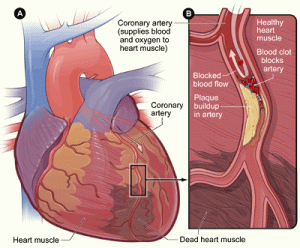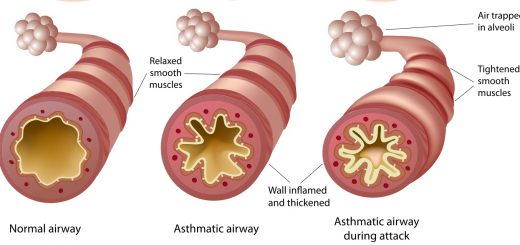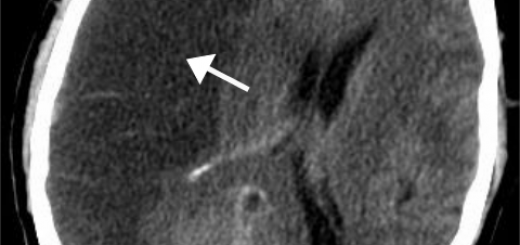What Are the Signs and Symptoms of a Heart Attack?
A heart attack occurs when a blood vessel supplying the heart becomes blocked causing a lack of oxygen to reach the heart. A heart attack is a medical emergency and requires prompt emergency treatment in the hospital to ‘unblock’ the artery.
A heart attack is not the same as a cardiac arrest, although a heart attack can cause a cardiac arrest. A cardiac arrest occurs when the heart suddenly stops beating and therefore blood stops circulating around the body.
The medical term for a heart attack is a myocardial infarction. It is important for first aiders to be able to recognize the signs and symptoms of a heart attack and call for help promptly
The signs and symptoms of a heart attack
- Persistent central chest pain – the most important feature in the history – caused by a cut off of the blood supply to the heart muscle and consequent deprivation of oxygen.
- The pain often spreads to the jaw and down one or both arms.
- The pain is not relieved by rest – unlike narrowing in angina, a heart attack is caused by a blockage in the artery.
- Pallor, sweating and nausea – the most consistent signs – they are all signs of nervous stimulation as a result of the pain.
- Breathlessness and anxiety – as a result of the pain.
- A rapid weak or irregular pulse
- Gasping for air
- Ashen skin color and blueness around the lips (cyanosis)
- Sudden collapse
- A feeling of ‘impending doom’ – “I’m going to die”
Not all of these signs and symptoms may be present. If you suspect a heart attack you should not delay in calling for emergency medical help.






A very instructive information
very good information. very useful in these days. keep posting.
good information
Nice Information !
Great information. Thanks for the Share.
this is very good